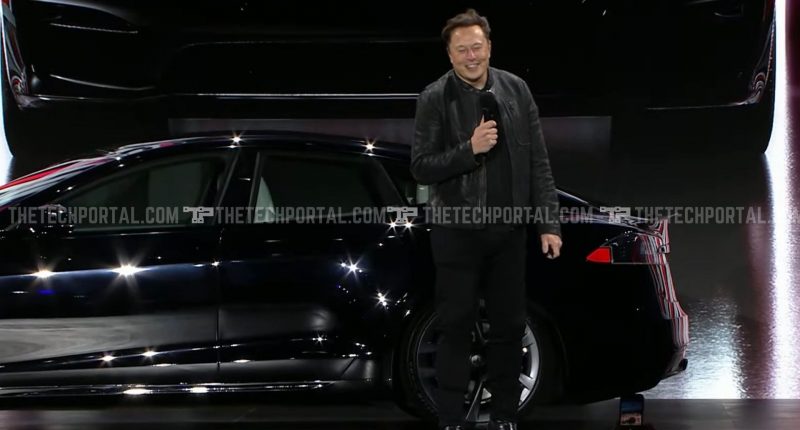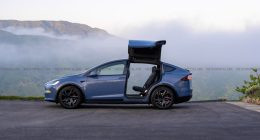Elon Musk’s Tesla, which has BTW reportedly dropped plans for an entry level electric, is set to unveil its long-awaited robotaxi on August 8th, 2024, according to an announcement by billionaire Elon Musk. This news, which sent stock prices soaring, comes at a period that is marked by declining sales figures and other concerns.
Musk has been hinting at the development of a Tesla Robotaxi for several years, positioning it as a game-changing innovation that could disrupt traditional ride-hailing services. The concept of a self-driving vehicle capable of navigating city streets without human intervention has (understandably) captured the imagination of investors and consumers alike. The announcement of the robotaxi reveal also comes on the heels of a Reuters report claiming Tesla had abandoned plans for a more affordable electric vehicle (EV) model.
Musk has a long history of making bold pronouncements regarding Tesla’s self-driving capabilities. In 2016, he predicted a cross-country self-driving trip by Tesla vehicles by the end of 2017. This promise, along with others like the launch of Tesla’s first robotaxis in 2020 as part of a wider autonomous ride-sharing network, ultimately remained unfulfilled. Now, he took to X – another enterprise owned by the tech magnate – and revealed that the Tesla robotaxi will be revealed on August 8. Still, while Tesla’s August reveal will likely showcase the robotaxi concept, it doesn’t guarantee a near-future commercial release. The company has a history of unveiling products well before they become readily available (the Tesla Semi truck is one such example). Tesla’s shares rose over 3% in extended trading after Musk’s post, before falling back to reach $164.90.
Tesla Robotaxi unveil on 8/8
— Elon Musk (@elonmusk) April 5, 2024
For those who are unaware, Tesla currently offers a driver-assistance system called Autopilot as standard on its vehicles. Additionally, owners can purchase the “Full Self-Driving” (FSD) package for an extra $12,000. However, despite the name “Full Self-Driving,” both FSD and Autopilot require constant driver supervision. Features like “Summon” (parking) and “Navigate on Autopilot” (highway navigation) necessitate a driver’s attentiveness and readiness to take control at any moment. This disparity between the features’ names and their actual capabilities has been a point of contention, with critics arguing that it creates unrealistic expectations and could potentially contribute to safety issues.
What would the revelation of Tesla’s robotaxi mean for the EV sector? The concept of self-driving vehicles has been a part of science fiction for a long time, and Tesla is not alone in the race for self-driving vehicles. Companies like Waymo (a subsidiary of Google’s parent company Alphabet) and Cruise (owned by General Motors) are actively developing their own robotaxi services. The prospect of autonomous vehicles has the potential to revolutionize transportation, impacting everything from ride-sharing services to personal car ownership. This could lead to increased investment in self-driving technology by other EV manufacturers, accelerating development across the industry. Additionally, a successful robotaxi service could significantly boost demand for EV. If Tesla can successfully launch a commercially viable robotaxi service, it could disrupt the existing ride-hailing and taxi industries.
For Tesla, the robotaxi reveal represents a potential turning point. The company has faced criticism for its missed deadlines and safety concerns surrounding its current driver-assistance systems, alongside decreased sales. A successful robotaxi launch could help to restore investor confidence and propel Tesla’s stock price upwards. Additionally, a dominant position in the robotaxi market could generate significant revenue streams for Tesla in the future.
The Tech Portal is published by Blue Box Media Private Limited. Our investors have no influence over our reporting. Read our full Ownership and Funding Disclosure →






